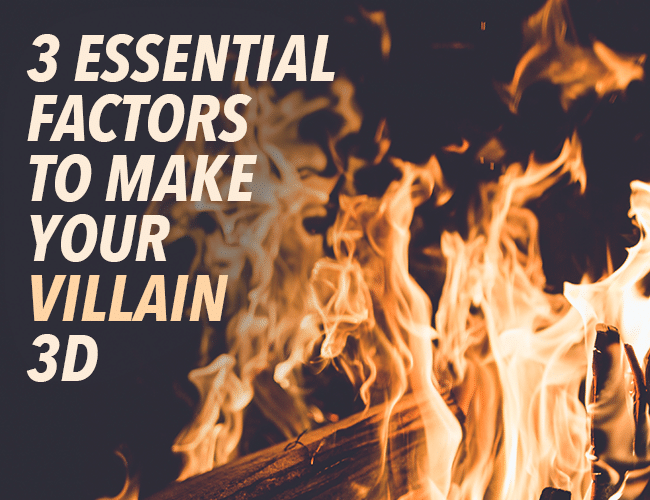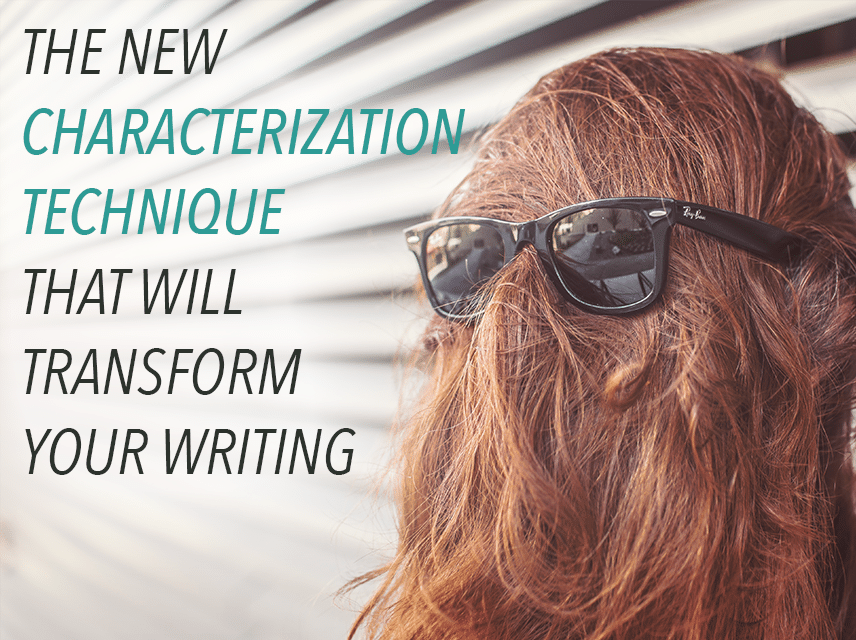
5 “Fashion” Tips for Writers
The point of this blog post is not to give you tips on how to dress.
No: Instead, it’s time to talk about the clothes your characters wear, and why that matters.

The point of this blog post is not to give you tips on how to dress.
No: Instead, it’s time to talk about the clothes your characters wear, and why that matters.

There’s something appealing about a well-written villain; even though we want them to lose, we still root for them on the down-low. Today, I’m going to give you three tips to help you create the kind of villain people like to read.

Characterization is one of the most important aspects of writing good fiction. Characterization is what gives authors the power to sway their readers. It’s how you get your reader to fall in love with—or despise—the characters in your book.
Let’s look at a characterization strategy that will pique your readers’ curiosity. I call it the Eyepatch Technique.

If you live in the United States, there is a good chance your television was tuned in to the Presidential debate on Sunday night.
Regardless of your politics, the conversation likely brought a cocktail of anxiety and frustration mixed with joy and elation. At one second you felt the warmth brought by the anticipation of victory and then, suddenly, the dull pain of possible defeat.
As writers, these are the emotions we want readers to experience when they engage in our stories. We want them to become as emotionally invested as they do with a political debate.
Today, rather than focusing on who won or lost the actual debate, let’s use what we watched as inspiration for our writing.

People are complicated, and much of what makes us who we are is hidden beneath the surface. As we interact with different people, we reveal different layers of ourselves. The same is true of your character—they will express themselves differently depending on the people around them.
Who is your character when people are watching? Who is your character when they’re not?
We know our characters must change. From the first word to the last, if our main character isn’t different, then we haven’t written a story people will connect with.
But writing believable character change can be hard. Change doesn’t just happen. It’s not enough to simply flip a switch and make our protagonists different from one scene to the next. Our characters need to evolve slowly.
In today’s post, I’m sharing a system of thinking that helps me build characters that experience believable and realistic change.